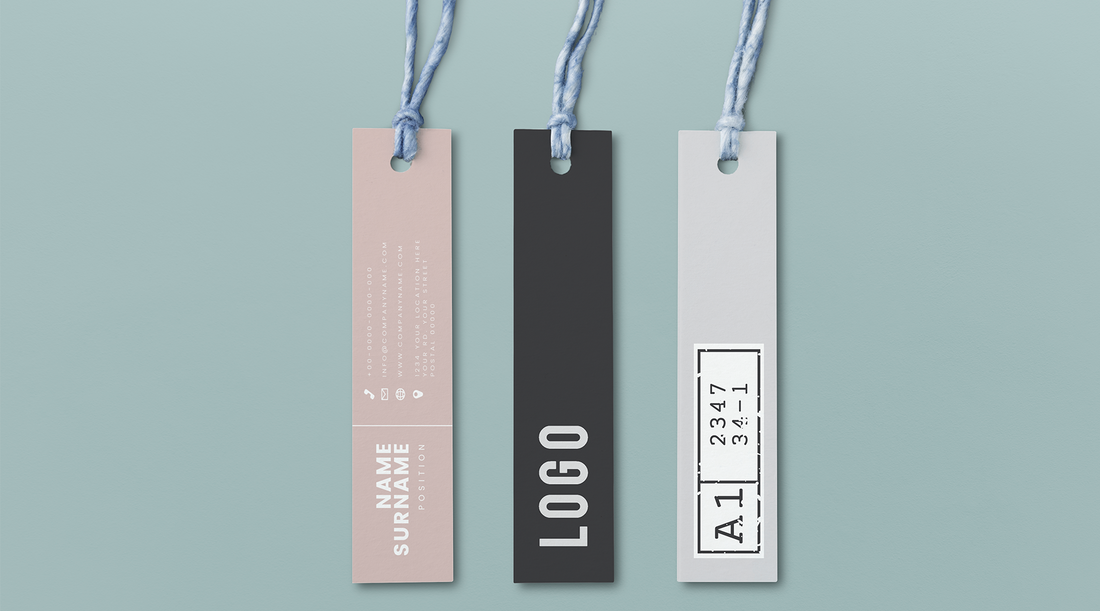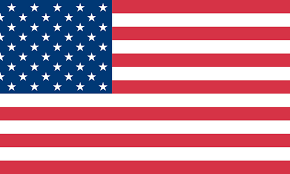Labels Needed for Clothing Business

A garment's label is hands down one of the vital components of every clothing business. It's more than just a piece of fabric. Labels communicate directly with the customer, revealing the brand's identity and assisting potential customers in identifying your distinctive quality.
Keep in mind that a customer will choose their favorite garments based on the label's designs and content. Therefore, labels play a crucial role in selling your garments. This is a part of your clothing business you just can't just ignore. That said, this article will discuss the types of labels needed in a clothing business and how to make custom clothing labels.
Types of Labels for Clothing Business
While labels aren't exactly a functional part of a garment, they are essential for a wide range of reasons. Each label on a garment carries crucial information that communicates with the wearer. That said, in this section, we will explore the different kinds of labels found on clothes and the roles they play.
i. Tag Labels
Tag labels are attached to clothes with a tie or thread. It is made of thicker materials and often contains product information. That may include; the manufacturer's name, the ingredients used to make the clothe and the price. In some cases, the tag label will also include information about how to use the product. For instance, the tag label may indicate the temperature at which you should wash the garment in the machine.

ii. Size Stickers
The size stickers are mandatory for every branded or unbranded clothes. They indicate the specific size of your cloth. There are variations in size stickers depending on region, but often they are displayed as; S (Small), M (Medium), L (Large), or XL (Extra Large).
iii. Care Labels
Care labels are also vital for every clothing business. They display the care instructions for the garment. That includes; washing, drying, bleaching, ironing, and laundering, among others. The care label is often attached to the garment's side seam, and the purpose is to provide the wearer with dos and don'ts to prevent wash shrinkage and color bleeding.
iv. Branded Labels
Branded labels come in a small fabric that helps your customers differentiate your product from other businesses. It indicates the company's brand name and logo. Customers will associate your product's quality, durability and feel-good factor with your brand.
How to Make Custom Clothing Labels
If you are just setting up your clothing business and looking for an efficient way to make your brand stand out, custom clothing labels will do the job for you. Custom clothing labels add a personal touch to your business and give you the space to put up a catchy brand slogan that will influence potential buyers to trust your business.
However, making custom clothing labels is not a piece of cake. Especially if you are just getting started in the field, you will likely fumble your way through it all. But if you want to create custom clothing labels that will grab the attention of your potential buyers, follow the steps below.
Step 1: Choose Label Size and Shape
When it comes to the clothing label size and shape of your products, you can't be random with it. A small mistake could destroy the brand image you're working hard to strengthen. That's why choosing the right label size and shape is vital in creating a clothing label that will impress people.
Choosing the right label size and shape involves knowing beforehand what you'd like to include in your label as well as the shape of the product packaging. When you choose the size of your label, ensure all the information you'd like to include is legible and visually pleasing after printing.
Step 2: Choose Material
When it comes to the material of clothing labels, there are often three options to choose from; PVC, Printed and Woven. According to current consumer trends, labels should have simple designs to increase the audience's visual appeal and retention power.
Striking images and bright colors are great, but they should not be combined in a label design. Including all the latest trends in your label is not the best way to design labels. The goal should be to achieve the best possible balance between the fabric, design, color, and font used in label design.
- Woven Labels
There is no debate about this being the best type of label ever. However, there are specific types of custom woven labels: the most popular of which are Woven Damask Labels, whose satin threads and softness allow for high quality and professional appearance. Then there are Taffeta labels, which are made of polyester and are less expensive.
- PVC Labels
These are labels made of polyvinyl chloride, also known as soft rubber, due to its softness and bendability. This material is especially suitable for outdoor gear such as jackets, gloves, bags, camping tents, and backpacks, for example.
- Printed Labels
With the current technological advancement, you can create custom fabric labels using a screen or digital printing. You can have your logo and message printed on a variety of materials, including satin, cotton, polyester, Tyvek® or high-quality card stock for tag labels. If you are aiming at short-to-medium term labelling purposes, MUNBYN thermal labels are your best bet.
You can print the logos, addresses, pricing, barcodes, inventory, and product identification on these custom labels. They are also always a great option in terms of cost effectiveness and quality especially for stickers that need to remain readable for at least 6 months. Generally, direct thermal sticker labels boost productivity while lowering waste.
Step 3: Design Your Label
Putting a custom clothing label on a garment is similar to placing an artist's signature on it; it gives credit to your work and informs your fans where they can find more of what they like.
Analyze the elements you'd like to feature on the clothing label. You need to have unique details on your label to attract attention, so when designing your clothing brand's labels, ensure it runs full circle.
The design of your labels is vital as it plays a part in your brand's visibility and gives you a competitive edge in the industry. As you prepare to take your clothing business to the next level, you can utilize the Munbyn Print App to design your clothing labels. You can easily create a custom clothing label and explore a wide range of professionally designed clothing label templates that you can customize for your clothing business.
Step 4: Print Your Label
Since your clothing label project is now ready, it's time to print them out. Ensure all the elements are in place before proceeding to the printing process. Consider a label printer if you lack the necessary printing equipment. It's your best bet for everyday sticker label printing especially for your clothing business.
You'll appreciate that this printer has a 300dpi and 203dpi resolution, allowing you to print high-quality labels. As a result, this thermal printer is ideal for printing stickers with icons, such as clothing labels. The best part is that this sticker printer is compatible with Mac, Windows, iOS, and any computer with a Chrome browser.
You might also like:
How to Start a T-shirt Business
Sustainable Packaging: 9 Types of Eco-friendly Packaging for Small Business


